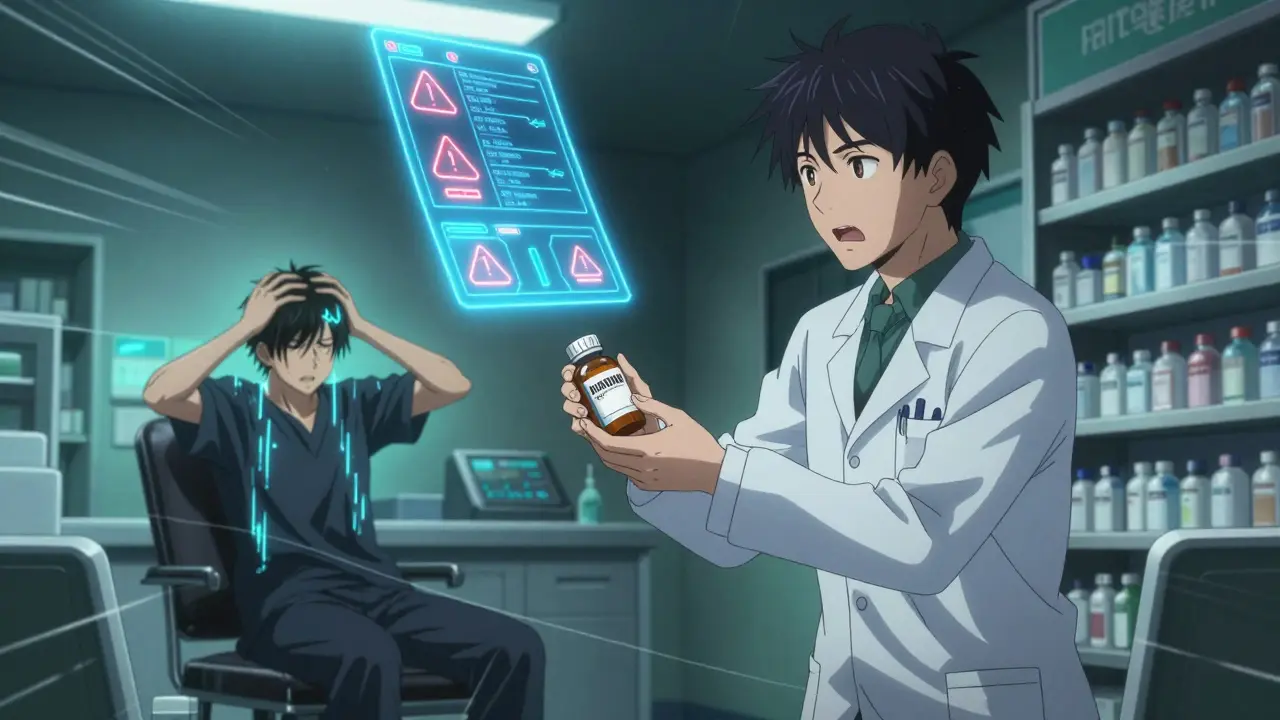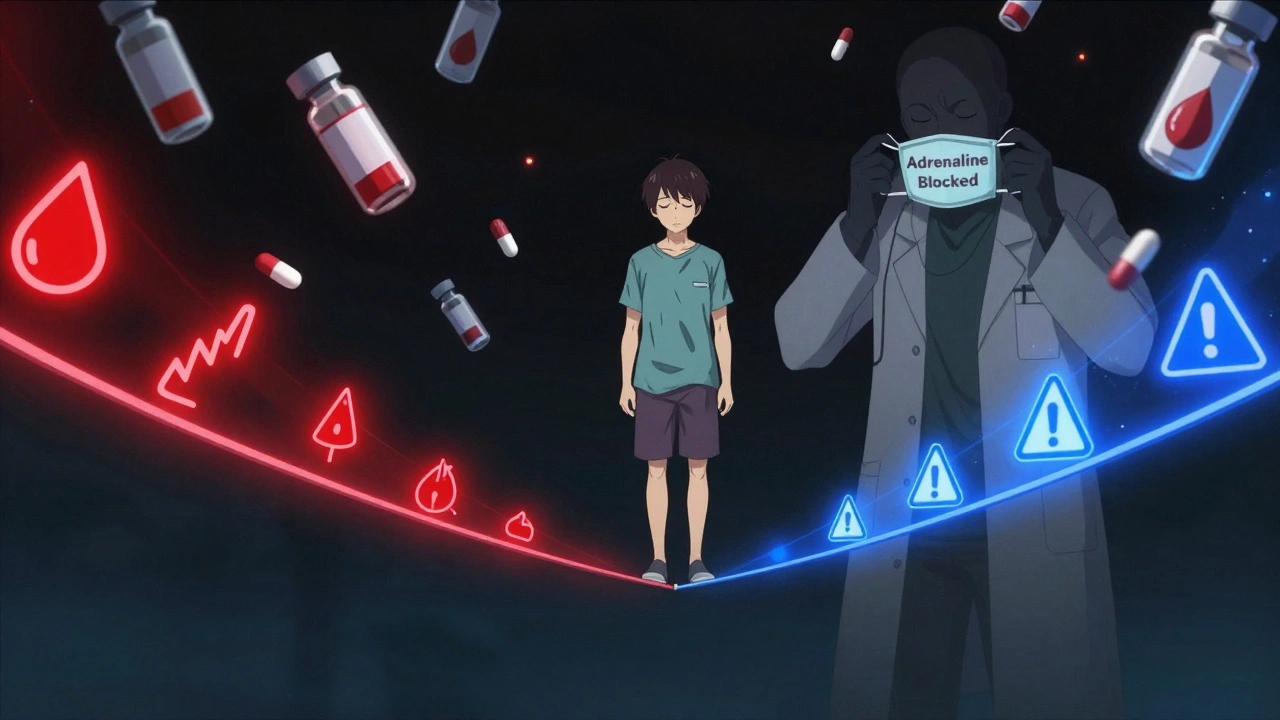Health websites: how to find reliable pharmacy and medical information
Can you trust what you read about meds online? Short answer: sometimes — but you can learn a few quick checks to tell the good sites from the risky ones. This page groups simple, practical tips so you can find reliable info and safe online pharmacies without wasting time.
Quick checklist before you click buy or believe a claim
Look for clear contact details and a physical address. Real pharmacies show phone numbers, licensed pharmacists, and customer service options. Check for HTTPS in the address bar — no padlock, no trust.
See if the site asks for a prescription for prescription-only drugs. Legitimate pharmacies require a prescription for controlled or prescription medicines. If a site sells strong medicines without any prescription, that’s a major red flag.
Search for official seals and verify them. Organizations like national pharmacy regulators, CIPA, or LegitScript offer verification. But don’t accept a seal at face value — click it and confirm the link goes to the verifier’s site.
Read recent, specific reviews. Look for detailed user experiences that match the product and service. Generic five-star reviews with short lines can be fake. Our site reviews — like MapleLeafMeds and primedz.com — show practical checks you can copy when evaluating other stores.
How to verify an online pharmacy step by step
Step 1: Check registration. In the UK or Canada, pharmacies list registration numbers. Match that number on the regulator’s website. If you find no registration, walk away.
Step 2: Compare prices and shipping. Very low prices can mean counterfeit or expired products. Compare shipping options and delivery times — some reviews highlight hidden fees or long delays.
Step 3: Read the product pages. Reliable sites show active ingredients, dosage, side effects, and storage instructions. Vague product descriptions or missing side-effect lists are signs of poor quality control.
Step 4: Check payment and privacy. Trusted sites offer secure payment methods and clear privacy policies. Avoid sellers pushing wire transfers, cryptocurrency, or odd payment channels without buyer protection.
Step 5: Ask your healthcare provider. If you’re unsure about a drug or an online pharmacy, show the site details to your doctor or pharmacist. They can confirm whether the product and dosing look correct.
Want examples of deeper checks? Read our reviews of euroids.to, 247-medstore, and pharmaserve.com to see how we test shipping, safety, and legality. For medication guides and alternatives, our posts on Nexium, Symbicort, and Wellbutrin explain safe substitution and what to ask your clinician.
Final practical tip: keep a record of orders, receipts, and product photos. If something goes wrong — bad medicine, wrong dose, or no delivery — that evidence helps with refunds or reporting the site to regulators.
Use these checks every time you search a health website. They won’t stop all scams, but they will cut your risk and help you find honest, useful medical information and safe online pharmacies.
Discover Top Alternatives to Verywellhealth.com in 2025 for Reliable Health Info
In a world where health information is more accessible than ever, finding reliable sources is crucial. We've rounded up alternatives to Verywellhealth.com to help you make informed choices. From user-friendly interfaces to comprehensive health tools, each option offers unique benefits. Dive in to find out which site fits your needs.






